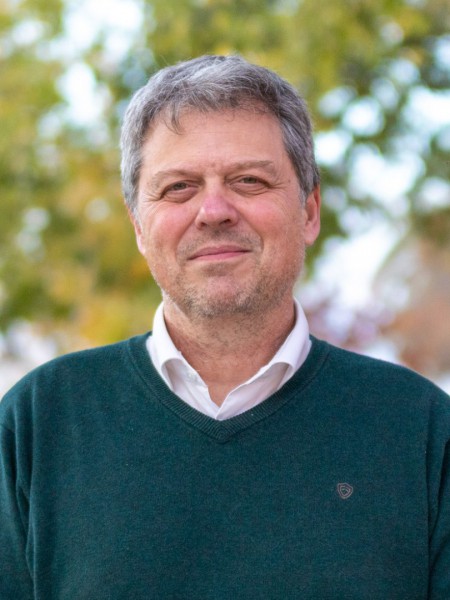abstract
The search for more efficient therapeutic strategies and diagnosis tools is a continuous challenge. Advances in understanding the biological mechanisms behind diseases and tissues regeneration have widened the field of applications of particulate systems. Particles are no more just protective systems for the encapsulated drugs, but they play an active role in the success of the therapy. Moreover, particles have been explored for innovative purposes as templates for cells growth and as diagnostic tools. Until few years ago the most relevant parameters in particles formulation were the chemistry and the size. Currently, it is known that other physical characteristics can remarkably affect the performance of particulate systems. Particles with non-conventional shapes exhibit advantages due to the increasing circulation time in blood stream, less clearance by the immune system and more efficient cell internalization and trafficking. Creation of compartments has been found useful to control drug release, to tune the transport of substances across biological barriers, to supply the target with more than one bioactive agent or even to act as theranostic systems. It is expected that such complex shaped and compartmentalized systems improve the therapeutic outcomes and also the patient's compliance, acting as advanced devices that serve for simultaneous diagnosis and treatment of the disease, combining agents of very different features, at the same time. In this review, we overview and analyse the most recent advances in particle shape and compartmentalization and applications of newly designed particulate systems in the biomedical field.
keywords
DRUG-DELIVERY SYSTEMS; STRUCTURED SUPERHYDROPHOBIC SURFACES; POLYMERIC JANUS NANOPARTICLES; CONTROLLED-RELEASE STRATEGIES; ANTIGEN-PRESENTING CELLS; ONE-STEP FABRICATION; RED-BLOOD-CELLS; MESOPOROUS SILICA; REGENERATIVE MEDICINE; HYDROGEL MICROPARTICLES
subject category
Engineering; Science & Technology - Other Topics; Materials Science
authors
Lima, AC; Alvarez-Lorenzo, C; Mano, JF
our authors
acknowledgements
Ana Catarina Lima acknowledges to the Portuguese Foundation for Science and Technology (FCT) for the PhD grant SFRH/BD/71395/2010. Work supported by MICINN (SAF2014-52632-R) Spain and FEDER, as well as by the FCT project PTDC/CTM-BIO/1814/2012.


